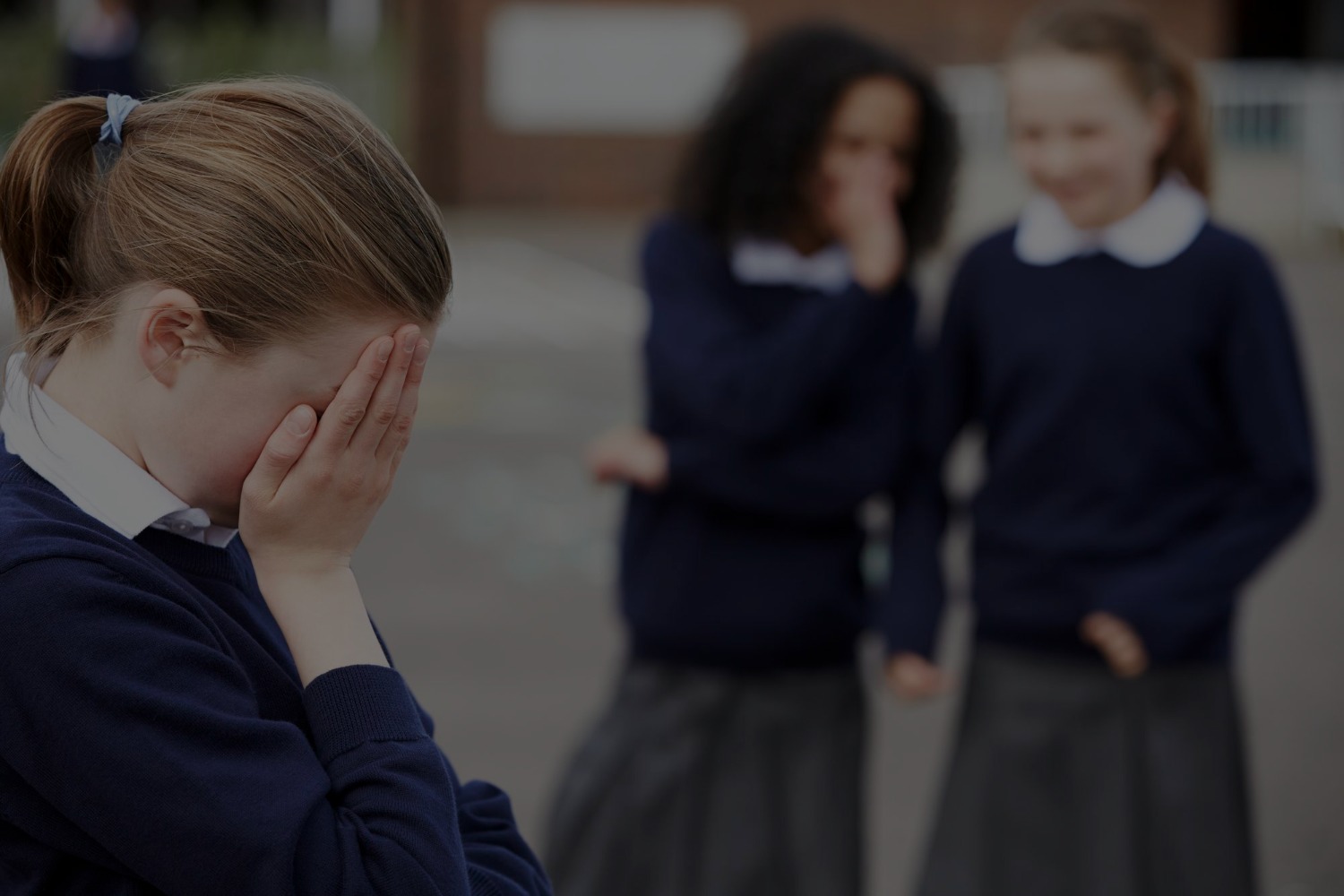As Anti-Bullying Week is upon us, it’s crucial for schools to reflect on their role in creating safe, inclusive spaces where every child can thrive.
Bullying remains a significant issue in many classrooms across the UK, impacting both the mental health and academic performance of pupils. For teachers and teaching assistants (TAs), it’s essential to be equipped with the tools to recognise and address bullying behaviours effectively.
This blog outlines 6 practical strategies that teachers and TAs can implement to prevent and manage bullying in the classroom, creating a supportive environment for all pupils.









